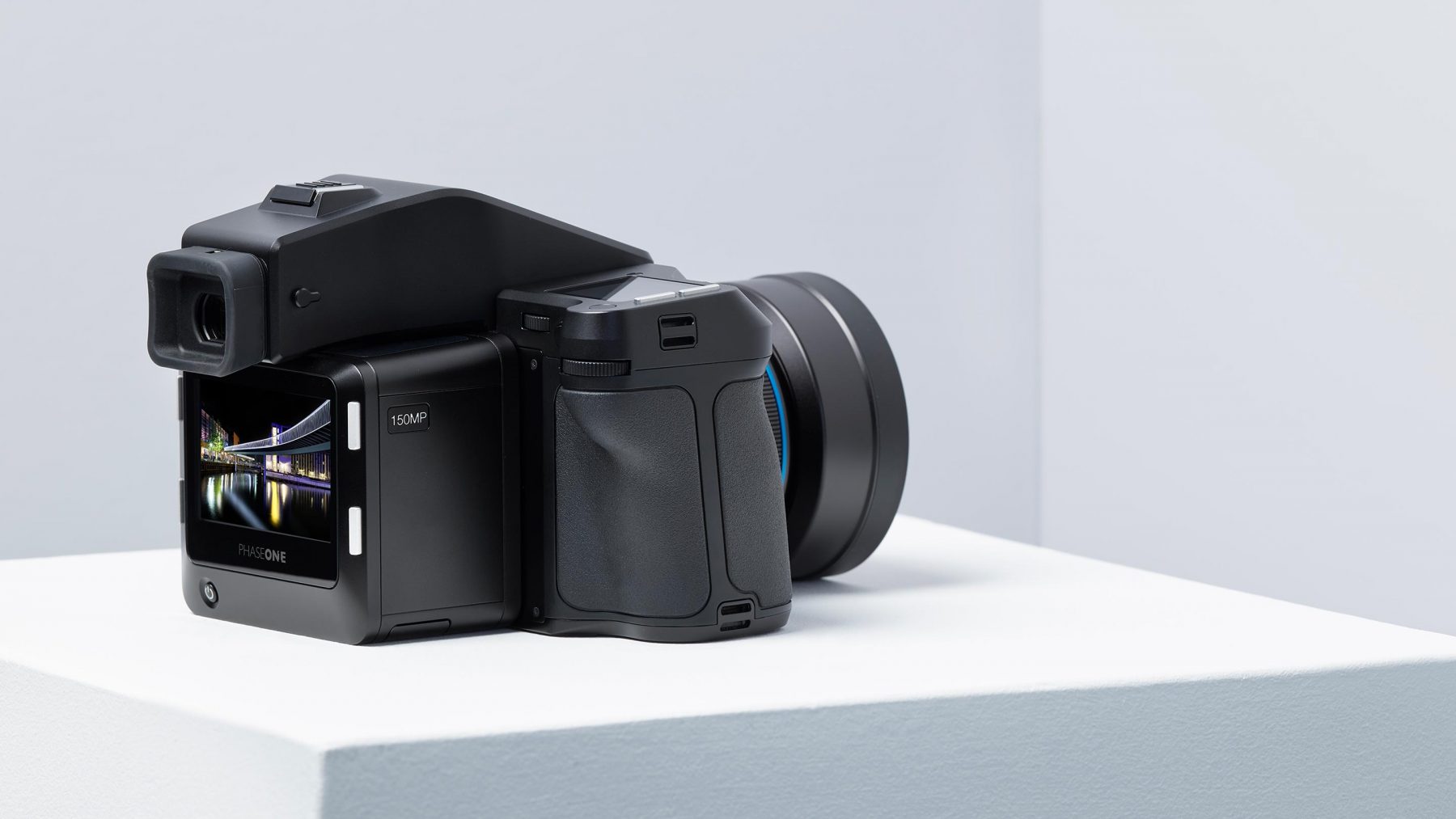A Good Workman Praises Their Tools.
We use the best possible equipment to ensure the best possible results.

It's one of those questions that's asked every now and then: "What equipment did Paul use to take that shot?". The real answer is that it changes each time. There isn't one perfect set of kit to shoot everything so instead, photographers have to decide which of the equipment they own is the best tool for any given situation.
Paul has detailed below the photographic equipment he owns and uses on a regular basis, along with his reasoning for selecting one item over another. While it won't give you all the answers for each and every photograph, we're hoping it'll at least give you an idea of why he carries 25kg of camera gear with him when travelling...
Camera bodies & digital backs
"Until 2013, I was always pretty much a "Canon shooter". But times change and as I found the need to provide higher quality images the lack of larger sensor options in the Canon line just got in the way.
I still keep two of my Canon bodies and lenses as my Phase One equipment can't do it all - so for concerts etc, you'll still see me running around with a 35mm instead of a Phase One full frame medium format system but for almost all of my landscape work, I shoot with the IQ4/150MP and IQ3/100MP Trichromatic digital backs. They're amazing pieces of kit, and when capturing at either 101 or 151 megapixels, I'm always amazed by the image quality every time I download the contents of my memory card."
Phase One XF Medium Format
Phase One XT Medium Format
Phase One IQ4/150MP Digital Back 151MP
Phase One iQ3/100 Trichromatic Digital Back 101MP
Canon EOS 1D X mk II
Canon EOS R
Lenses
"To go with every fine camera you need a fine lens (or 4, or 5, or 6...) In my opinion, it's true that for every £1 you spend on a camera body you should really look to spend £2 on the glass in front. Sensors are important and so are camera features, but the lens that transmits the light you want to capture onto the technology behind is critical to the quality of the final image.
From an early stage I stuck to buying only the L-series professional lenses from Canon - resulting in a setup that delivers crisp, sharp, accurate images of what I see before me. I've carried that importance through to my lens selection for my medium format shooting in both Phase One choices (with their ultra-high-speed-sync leaf shutter lenses from Schneider Kreuznach) and the stunning Rodenstock X-shutter lenses for the XT technical camera system."
Rodenstock XT - HR Digaron-S 23mm f/5.6
Rodenstock XT - HR Digaron-W 32mm f/4
Rodenstock XT - HR Digaron-W 50mm f/4
Rodenstock XT - HR Digaron-W 70mm f/5.6
Schneider Kreuznach 28mm LS f/4.5 Aspherical
Schneider Kreuznach 35mm LS f/3.5
Schneider Kreuznach 40-80mm LS f/4.0-5.6
Schneider Kreuznach 80mm LS f/2.8
Schneider Kreuznach 150mm LS f/3.5
Canon EF 16-35mm f/2.8L III USM
Canon EF 50mm f/1.2L USM
Canon EF 70-200mm f/2.8L IS III USM
Canon RF 15-35mm F2.8L IS USM
Canon RF 24-105mm F4L IS USM
Filters
"In many situations there's simply no need for a filter in front of the lens, especially with the dynamic range that my Phase One digital backs provide. But when they're needed, I need to rely on the highest levels of image fidelity - despite adding another piece of glass between the light and my sensor.
For static landscape shots, I use Rollei's F:X Pro glass filters. with ultra-low levels of colour cast, their impact on IQ is practically imperceivable, with a far cleaner result than any other brand I've found on the market.
For aerial work, I stick with PolarPro's amazing series of snap-on filters. While the sensors are smaller on drone cameras, image quality is no less important and minor imperfections can be even more pronounced - and the PolarPro series has never let me down."
PolarPro Summit System Square Filters
PolarPro Drone Filters
LEE SW150 Filter System
Expedition Packs & Rucksacks
"When you're carrying up to 50lbs of gear with you for a few weeks, you suddenly realise how important the bag on your back really is.
Having spent many years (and wasted many £££s) finding the bag that worked for me, I finally found it with the introduction of Nya-Evo's Fjord series of rucksacks. Designed by a fantastic team in the Nordics, I use my Fjord 36 for smaller trips with one camera body, and the Fjord 60-C for longer expeditions with significantly more kit."
Aerial & Drone
"For high-resolution aerial photography, we rely on doors-off helicopter operations all around the world - but for smaller productions, or more 'tactical' approaches, nothing much beats a DJI drone. The mechanical shutter on the Phantom 4 Pro 2 is a game-changer - no more rolling shutter effect, and the quality of output on both aircraft is simply stunning.
One accessory that many people overlook is the Smart Controller - and it's so much easier, more reliable, and better built than any temporary iOS setup that comes as standard."
Tripods
"I don't know of many people who can hold a full frame medium format camera pixel-still for 2-3 minutes at a time - and I'm certainly not one of them.
While carrying weight is important, so is stability and flexibility to be able to get up high when I need. The Gitzo range of tripods give me just that, in two package sizes depending on the location we're shooting."
Gitzo Mountaineer Series 3, 4L sections
Gitzo Systematic, Series 4, 3 sections
Gitzo Center Ball Head, Series 3
Memory Cards
"When you're dealing with ultra-high res images on ultra-powerful digital sensors, you need ultra-fast and ultra-reliable memory cards to give you the confidence to shoot all day.
Split between SanDisk's dependable Extreme Pro series, and Sony's G-Series XQD cards, I rely on these two brands to keep my images safe and sound until I can get back to base and back up to the cloud."
Sony G-Series 440MB/s XQD cards
Sandisk Extreme Pro UHS-II 300MB/s SD & Micro-SD cards
SanDisk Extreme Pro portable SSD drives

